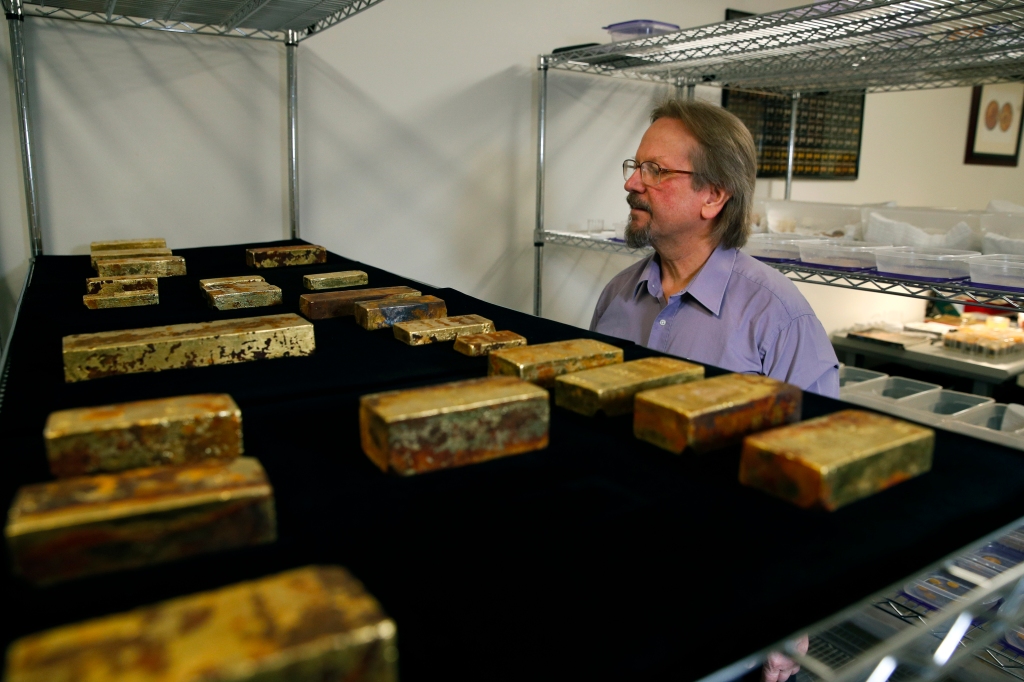
In the grand annals of history, few periods induce as much fascination and romanticism as the era of Gold Rush. This was a time when brave souls dared to reject conformity, throw caution to the wind, and embark on daring quests for fortune in uncharted territories.
These intrepid prospectors ventured into the unknown with little more than rugged mining tools and steely determination, fueling dreams of striking it rich and achieving unprecedented freedom. Today, their narratives are captured in exquisite detail within the hallowed walls of Gold Rush museums, offering a treasure trove of unique artifacts that bear testament to this extraordinary epoch.
The conquest for gold left behind an array of artifacts that serve as poignant reminders of this bygone era. Mining tools and equipment found in these museums provide insights into the grueling physical labor that defined life during the Gold Rush period.
Personal items and memorabilia further enrich our understanding by shedding light on intimate details about daily life— from food preparation routines to personal grooming habits—thus painting a comprehensive picture of what it truly meant to be part of the Gold Rush phenomenon.
As such, exploring these objects is akin to unraveling hidden treasures; each artifact holds its own tale waiting to be discovered.
Mining Tools and Equipment
Exploring the various mining tools and equipment used during the gold rush era provides an exciting insight into the intensive labor and ingenious methods employed by miners of that period.
Tools such as pans, rockers, and sluices were some of the most common devices utilized by these prospectors. Panning involved swirling a small amount of dirt or gravel mixed with water in a pan to separate the heavier gold particles. Rockers, also known as cradle boxes, were larger contraptions which allowed for more material to be processed at once. Sluices served a similar function but on a much larger scale, using long wooden channels fitted with ridges to trap gold while allowing less valuable material to wash away.
These rudimentary tools evolved over time as technological advancements made their way into the mining industry. The introduction of hydraulic mining around 1853 revolutionized gold extraction processes. This method involved directing powerful jets of water at hillsides or river banks, dislodging soil and rock materials containing precious metals. This was then washed down into sluices where gold could be collected with greater ease than ever before. The development of dredging machines represented another leap forward in efficiency, enabling miners to extract far greater quantities of gold from riverbeds.
The legacy left by these innovations can still be seen today in modern mining operations worldwide. Techniques first developed during the Gold Rush continue to influence present-day practices for extracting and processing minerals efficiently.
These artifacts provide fascinating insights into our understanding of historical human ingenuity under challenging circumstances and serve as reminders that even though technology has advanced considerably since those early days, many principles remain unchanged in our relentless pursuit for wealth and prosperity from Earth’s resources.
Personal Items and Memorabilia
Diving into the realm of personal items and memorabilia in historical collections offers invaluable insights into the everyday lives of individuals during significant periods, such as that of the famed gold rush era. The tangible vestiges from this pivotal time provide a unique window into the past, allowing present-day observers to visualize and understand more deeply the experiences, hopes, and struggles of those who lived it.
These artifacts range from clothing articles used for protection against harsh environments to handwritten letters brimming with tales of newfound wealth or heartbreaking adversity. A careful examination of these personal effects often reveals telling details about their owners’ identities and backgrounds. For instance, a prospector’s hat might be adorned with feathers or beads indicative of a cultural heritage left behind in pursuit of fortune. Personal lockets containing family portraits or relics often serve as poignant reminders of distant loved ones whose images offered solace amidst brutal conditions. Furthermore, diaries filled with first-hand accounts offer raw emotions and vivid descriptions that textbooks may sometimes fail to convey – fear instilled by hazardous mining operations; exhilaration upon striking gold; despair when claims proved fruitless. Thus, through these intimate objects, one can piece together not just individual narratives but also broader social trends and dynamics at play during the gold rush period.
Moving away from tools and equipment towards more personal items brings forth an enriched perspective on this historical epoch. Intricate jewelry made from newfound wealth showcases resplendent craftsmanship while hinting at shifting societal values influenced by sudden affluence; it underscores how opulence became an emblematic part of gold rush culture despite existing within a backdrop marked by hardship and toil. Similarly, worn-out boots preserved over centuries narrate compelling stories about arduous journeys undertaken in search for golden opportunities yet underscore relentless human resilience under testing circumstances.
Therefore, viewing history through the lens of personal memorabilia allows for an immersive exploration that transcends traditional facts-and-figures narratives – ultimately illuminating how dreams were woven into reality during this transformative era in human history.